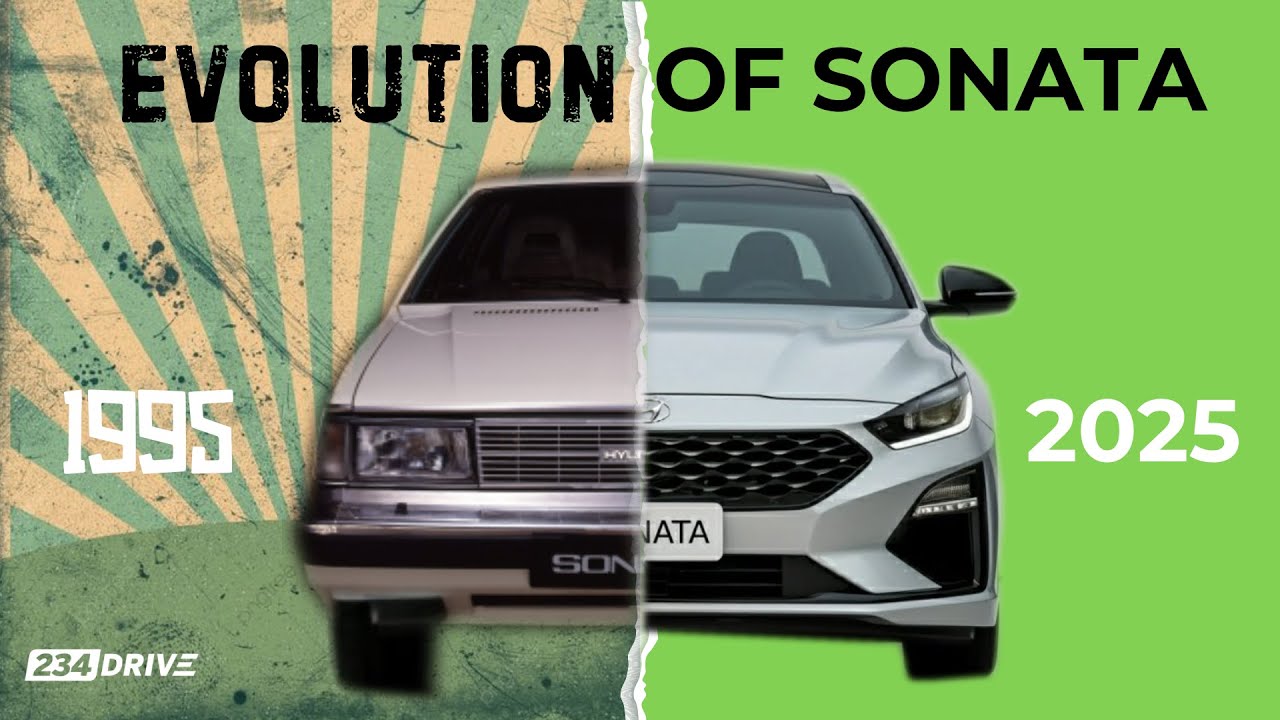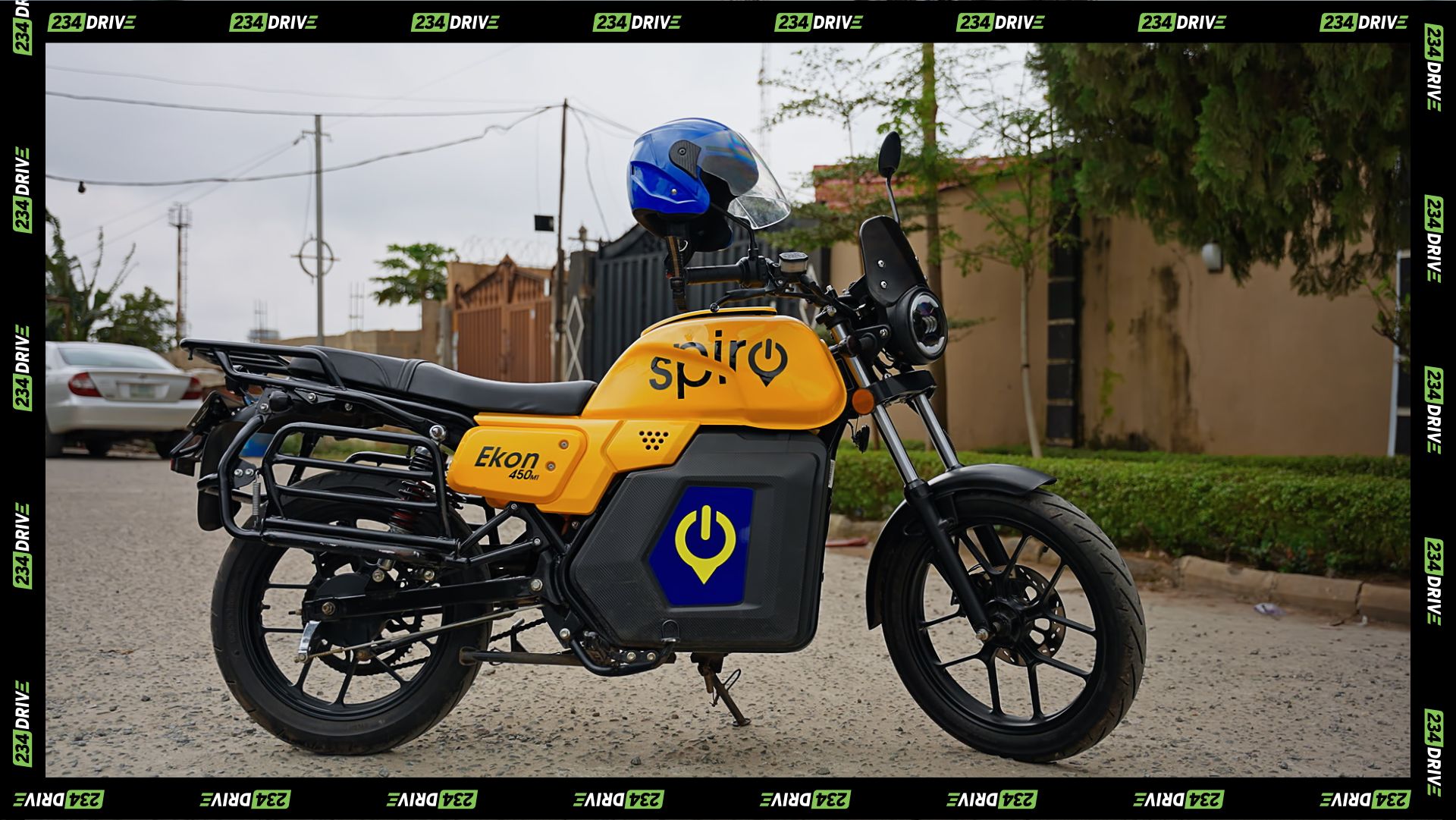The Hyundai Sonata. It’s a name that’s become synonymous with style, reliability, and value. But did you know its journey to success was anything but smooth? From a less-than-stellar start to a modern marvel, the Hyundai Sonata’s story is one of remarkable transformation.
Buckle up as we explore how the SONATA went from Grass to Grace, tracing its evolution from its humble beginnings to its current status as one of the most sought-after Hyundai models, especially in places like Nigeria.
The First Steps: A Rocky Start
Let’s rewind to 1985. The first-generation Sonata hit the scene, aiming to be a “luxury version of the Stellar.” The problem? Nobody liked it. Seriously, the reviews were brutal. To put it bluntly, people thought “it was crap.” It just didn’t resonate with buyers, and Hyundai had to go back to the drawing board pretty quickly.
Finding Its Footing: The Second Generation
In 1988, Hyundai launched the second-generation Sonata. This time, they aimed for a larger family car, designed in collaboration with Mitsubishi and even using their engine. The goal? To compete with European giants like the Ford Granada and Ford Scorpio, but at a more accessible price.
While it was an improvement over the first generation, it still wasn’t a home run. Hyundai was learning, adapting, and setting the stage for future success.
Experimentation and Divergence: The Third Generation
The third generation, released in 1993, was an interesting one. Known as the Y3, it had different names depending on the market: Sonata II, H Mia, and H Sonata. But the real kicker was the design – the South Korean version was, in many people’s opinions, significantly better-looking than the one sold worldwide. What do you think? Which one do you like more?
A Leap Forward: The Fourth Generation
The fourth generation, the EF series (1998-2004), marked a turning point. This Sonata was wider, bigger, and shared its platform with the Santa Fe. But the real magic happened in 2001 with a significant facelift.
Hyundai revamped everything from the hood and grille to the headlights and dashboard. The transformation was so dramatic that it went from feeling dated to almost resembling a second-generation Mercedes-Benz! This was arguably the best design change Hyundai had made for the Sonata since its inception.
Solidifying Success: The Fifth Generation
By 2004, thanks to previous developments and improvements, the Sonata was finally gaining traction. Sales were up in South Korea and the United States. This generation also saw the introduction of an all-new aluminum engine, with the Sonata being the first to use it. What do you think of the aluminum engine?
Embracing Style: The Sixth Generation
In 2009, the sixth-generation Sonata arrived, showcasing Hyundai’s “Fluidic Sculpture” design philosophy. This meant curvier lines, a more stylish appearance, and a move away from the more conservative designs of the past.
This generation truly set the Sonata apart from other mid-size sedans. It featured higher-quality materials and more upscale features like leather seats, dual-zone climate control, navigation systems, and premium audio. Plus, it was bigger, offering more interior space for passengers.
Refining the Formula: The Seventh Generation
The seventh generation (2015) brought “Fluidic Sculpture 2.0,” a more refined and mature design approach. While the overall look was toned down, Hyundai didn’t compromise on interior quality or materials. This generation also introduced the Sport trim, adding a touch of athleticism to the Sonata lineup.
A Bold New Vision: The Eighth Generation
The eighth and current generation, launched in 2019, is a head-turner. With its “Sensuous Sportiness” design language, the Sonata boasts a fastback profile and aggressive lighting elements. Compared to its competitors, it looks like something out of a sci-fi movie.
It’s packed with features like Remote Smart Parking Assist and a massive 10.25-inch touchscreen infotainment system. It’s safe to say that the Sonata is actively competing in the mid-size market, offering a compelling blend of style, technology, and value.
The Hyundai Sonata has become incredibly popular in Nigeria, and for good reason. It offers a comfortable ride, stylish looks, and a reputation for reliability. If you’re in the market for a mid-size sedan in Nigeria, the Sonata is definitely worth considering.
Conclusion: What’s Your Favorite?
The Hyundai Sonata’s journey is a testament to Hyundai’s commitment to innovation and improvement. From its rocky start to its current status as a stylish and popular sedan, the Sonata has truly come a long way.
Now it’s your turn! Which generation of the Hyundai Sonata is your favorite, and why? Let us know in the comments below! For me, the fourth generation stands out with its bold transformation. But I’m eager to hear your opinions!










